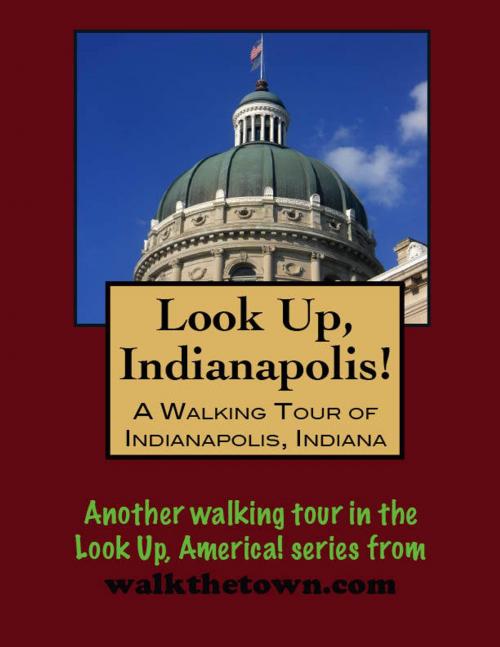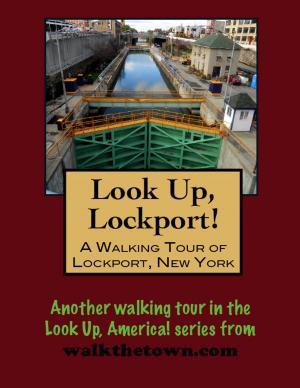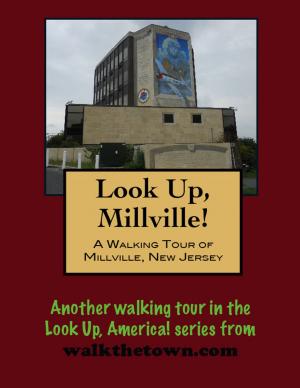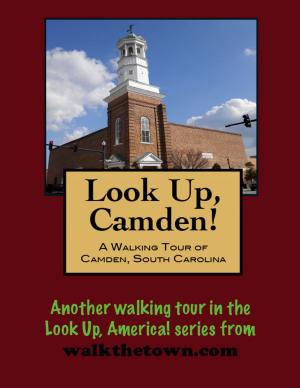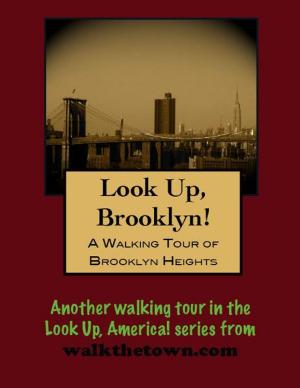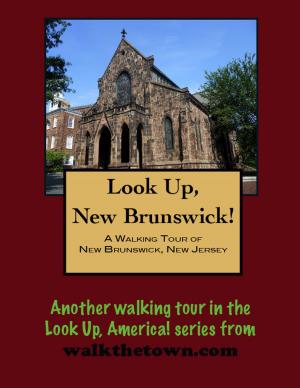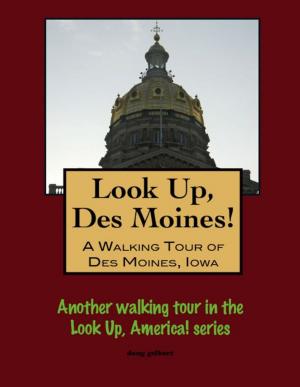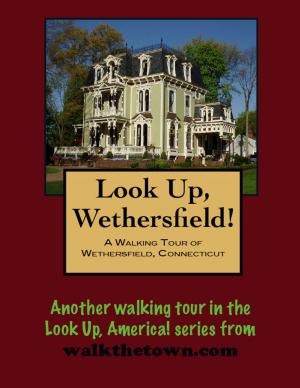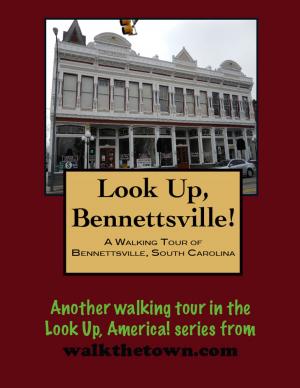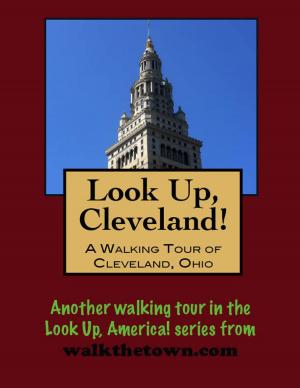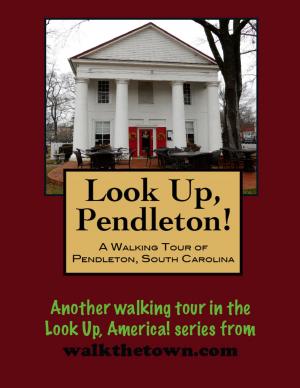Look Up, Indianapolis! A Walking Tour of Indianapolis, Indiana
Nonfiction, Travel, United States, History, Americas| Author: | Doug Gelbert | ISBN: | 9781465743701 |
| Publisher: | Doug Gelbert | Publication: | October 21, 2011 |
| Imprint: | Smashwords Edition | Language: | English |
| Author: | Doug Gelbert |
| ISBN: | 9781465743701 |
| Publisher: | Doug Gelbert |
| Publication: | October 21, 2011 |
| Imprint: | Smashwords Edition |
| Language: | English |
There is no better way to see America than on foot. And there is no better way to appreciate what you are looking at than with a walking tour. Whether you are preparing for a road trip or just out to look at your own town in a new way, a downloadable walking tour is ready to explore when you are.
Each walking tour describes historical and architectural landmarks and provides pictures to help out when those pesky street addresses are missing. Every tour also includes a quick primer on identifying architectural styles seen on American streets.
There was nothing organic about the founding of Indianapolis. In 1820 the legislature in the original capital at Corydon appointed ten commissioners to select a site for a new capital. They mounted their horses and rode out to the geographic center of the new state of Indiana and designated a swampy spot along the White River to be "Indianapolis." Surveyor E.P. Fordham laid out a square mile plot of land and Alexander Ralston, who had worked on laying out the streets of the first swamp-turned-city, Washington, D.C, three decades earlier, created the street grid. Ralston's plan called for a central circle that the governor would live in and an expensive mansion was constructed in 1827 but having the state's chief executive live smack in the middle of town did not prove practical. No governor ever moved in and the mansion was torn down in 1857. A soaring 284-foot limestone and bronze monument to Indiana's Civil War veterans was placed on the site in 1901 and has been the center of town ever since.
Indianapolis would grow to become the country's largest city not on a navigable river but transportation would prove a key to the town's identity. The National Road began heading west from the Potomac River in Cumberland, Maryland in 1811 and reached Indianapolis in 1830. The railroad arrived in the 1840s and there were so many that the first "union" station in the world was conceived here. America's first beltway was created when railroad tracks were laid around the town. Indianapolis became the major transportation center in the state that fancies itself "The Crossroads of America."
With the advent of the automobile Indianapolis staked its claim as the car capital of the world. The nameplates of Dusenberg, Marmon and Stutz were as well known in the early 1900s as Ford, Chevrolet and Chrysler are today. Eventually the town's remoteness from the supply of raw materials left the playing field to Detroit but the town's automobile legacy was immortalized in 1911 with the building of the Indianapolis Motor Speedway. The first 500-mile auto race was won by the Marmon, an Indianapolis-built car.
In 1919 the city successfully lobbied Congress to become the home of the newly created American Legion, mostly due to its central location. Five blocks of open space were created and our walking tour will begin at its center...
There is no better way to see America than on foot. And there is no better way to appreciate what you are looking at than with a walking tour. Whether you are preparing for a road trip or just out to look at your own town in a new way, a downloadable walking tour is ready to explore when you are.
Each walking tour describes historical and architectural landmarks and provides pictures to help out when those pesky street addresses are missing. Every tour also includes a quick primer on identifying architectural styles seen on American streets.
There was nothing organic about the founding of Indianapolis. In 1820 the legislature in the original capital at Corydon appointed ten commissioners to select a site for a new capital. They mounted their horses and rode out to the geographic center of the new state of Indiana and designated a swampy spot along the White River to be "Indianapolis." Surveyor E.P. Fordham laid out a square mile plot of land and Alexander Ralston, who had worked on laying out the streets of the first swamp-turned-city, Washington, D.C, three decades earlier, created the street grid. Ralston's plan called for a central circle that the governor would live in and an expensive mansion was constructed in 1827 but having the state's chief executive live smack in the middle of town did not prove practical. No governor ever moved in and the mansion was torn down in 1857. A soaring 284-foot limestone and bronze monument to Indiana's Civil War veterans was placed on the site in 1901 and has been the center of town ever since.
Indianapolis would grow to become the country's largest city not on a navigable river but transportation would prove a key to the town's identity. The National Road began heading west from the Potomac River in Cumberland, Maryland in 1811 and reached Indianapolis in 1830. The railroad arrived in the 1840s and there were so many that the first "union" station in the world was conceived here. America's first beltway was created when railroad tracks were laid around the town. Indianapolis became the major transportation center in the state that fancies itself "The Crossroads of America."
With the advent of the automobile Indianapolis staked its claim as the car capital of the world. The nameplates of Dusenberg, Marmon and Stutz were as well known in the early 1900s as Ford, Chevrolet and Chrysler are today. Eventually the town's remoteness from the supply of raw materials left the playing field to Detroit but the town's automobile legacy was immortalized in 1911 with the building of the Indianapolis Motor Speedway. The first 500-mile auto race was won by the Marmon, an Indianapolis-built car.
In 1919 the city successfully lobbied Congress to become the home of the newly created American Legion, mostly due to its central location. Five blocks of open space were created and our walking tour will begin at its center...
